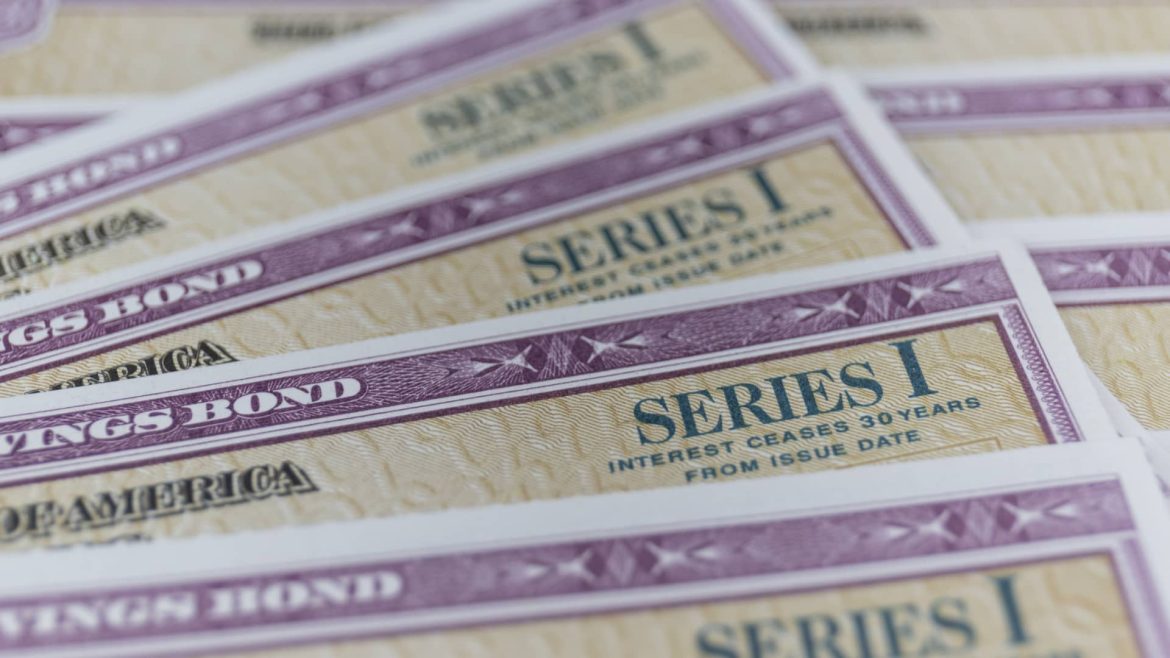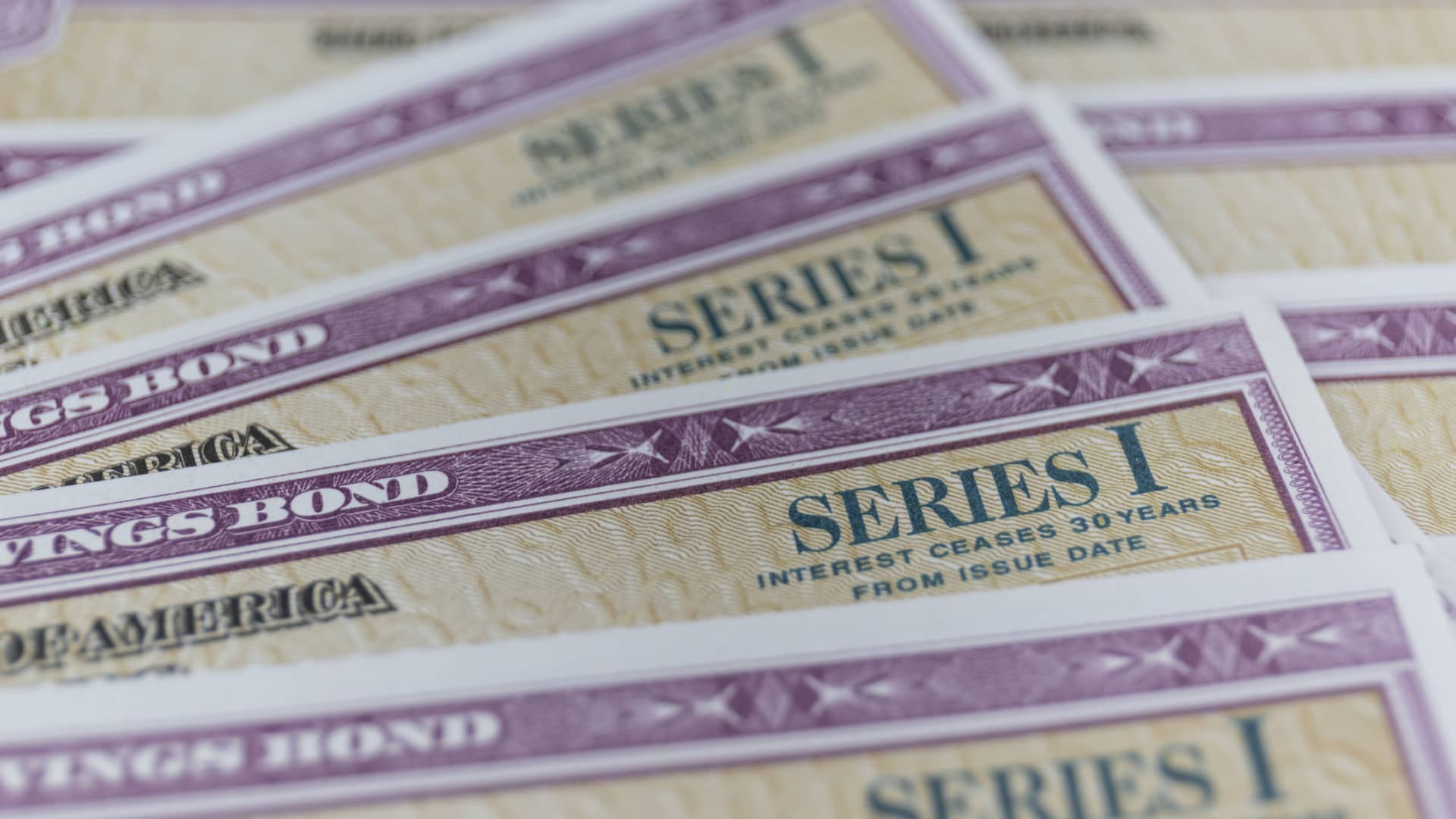Introduction
The U.S. Department of the Treasury’s recent announcement of a new Series I bond rate of 3.98% for the period from May 1 through October 31, 2025, marks a significant shift in the financial landscape. This rate, tied to inflation, offers investors a compelling opportunity to secure higher returns in a fluctuating economic environment. This report delves into the implications of this rate change, the mechanics of Series I bonds, and strategic considerations for investors.
Understanding Series I Bonds
What Are Series I Bonds?
Series I bonds are a type of savings bond issued by the U.S. Department of the Treasury. They are designed to protect investors from inflation by offering a composite rate that includes both a fixed rate and an inflation rate. The fixed rate remains constant for the life of the bond, while the inflation rate adjusts every six months based on the Consumer Price Index (CPI).
How Do Series I Bonds Work?
The composite rate of a Series I bond is calculated as the sum of the fixed rate and the inflation rate. For bonds purchased between May 1 and October 31, 2025, the composite rate will be 3.98%. This rate is applicable for the first six months, after which it will adjust based on the next inflation rate update.
The New Rate: Implications and Opportunities
Historical Context
The new rate of 3.98% represents an increase from the previous rate of 3.11%, which was in effect from October 2024 to April 2025. This upward adjustment reflects the current inflationary pressures and the Treasury’s efforts to provide investors with a competitive return.
Comparative Analysis
Compared to other fixed-income investments, Series I bonds offer a unique advantage. Traditional bonds and certificates of deposit (CDs) typically do not adjust for inflation, making them less attractive in times of rising prices. The 3.98% rate for Series I bonds provides a hedge against inflation, ensuring that investors’ purchasing power is preserved.
Investment Strategies
For investors considering Series I bonds, several strategies can be employed to maximize returns:
The Mechanics of Rate Adjustments
How Rates Are Determined
The composite rate for Series I bonds is determined twice a year, in May and November. The fixed rate remains constant, while the inflation rate is adjusted based on the CPI. For the period from May 2025 to October 2025, the fixed rate is 1.20%, and the inflation rate is 2.78%, resulting in a composite rate of 3.98%.
Future Rate Projections
While the future inflation rate is uncertain, historical data and economic indicators can provide insights. For instance, the non-seasonally-adjusted inflation increased by 1.43% during the six months from October 2024 to March 2025, translating to a new six-month annualized variable rate of 2.86%. Investors can use such data to make informed decisions about their bond purchases.
Conclusion
Embracing the Opportunities
The new Series I bond rate of 3.98% presents a valuable opportunity for investors to secure higher returns and protect against inflation. By understanding the mechanics of these bonds and employing strategic investment tactics, investors can navigate the current economic landscape with confidence. As the financial world continues to evolve, Series I bonds stand as a reliable and attractive option for those seeking stability and growth in their portfolios.


